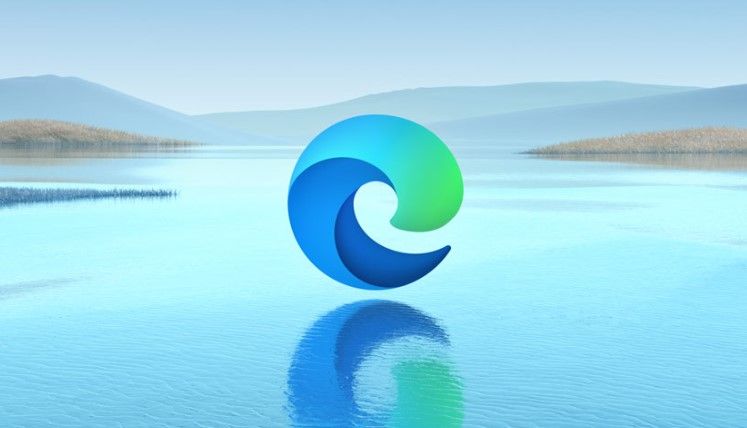
Microsoft Edge has brought the option to force a dark mode on web pages even if they don’t support it, giving it another feature to tempt people from Google Chrome.
Based on the same engine that Chrome’s dark mode uses, the Edge version will change the background color, text, and other elements of a website on the page, effectively forcing a dark mode on a site. For people who surf the web a lot at night, this forced dark mode will make browsing web pages less eye strain.
Recent Comments